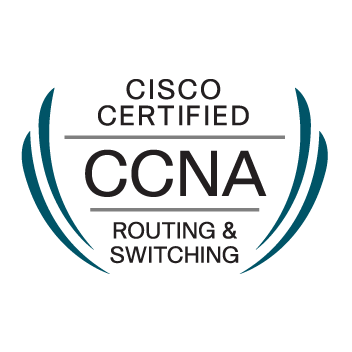- Subscribe to RSS Feed
- Mark Topic as New
- Mark Topic as Read
- Float this Topic for Current User
- Bookmark
- Subscribe
- Mute
- Printer Friendly Page
stacking
- Mark as New
- Bookmark
- Subscribe
- Mute
- Subscribe to RSS Feed
- Permalink
- Report Inappropriate Content
12-04-2019 07:11 AM
how does stacking increase switching capacity and forwarding rate?
Please explain
- Labels:
-
LAN Switching
- Mark as New
- Bookmark
- Subscribe
- Mute
- Subscribe to RSS Feed
- Permalink
- Report Inappropriate Content
12-04-2019 07:20 AM
Have a look at this document. Of course, this is just the concept but the speed varies by platform.
Scalable StackWise-480 Architecture
Catalyst 3850 Series Switches are supported in three different form factor models: 48 ports 10/100/1000, 24 ports 10/100/1000, and 12/24 Ethernet small form-factor pluggable (SFP) ports. The hardware design of each model is cost-effective to support different network capacity load and switching performance. For consistent converged access capabilities with rich Unified Access network services in the wiring closet, the software parity remains common in Catalyst 3850 switch models. The new StackWise-480 architecture builds high-speed, 480 Gbps per stack switch member in the stack ring. This speed is much higher than the traditional StackWise Plus design in the Catalyst 3750X Series platform.
HTH
- Mark as New
- Bookmark
- Subscribe
- Mute
- Subscribe to RSS Feed
- Permalink
- Report Inappropriate Content
12-04-2019 10:01 AM
So, given the foregoing, you cannot easily say whether there always is any increase in switching capacity and/or forwarding rate. However, one advantage of a switch stack, it logically becomes just one device which has many possible advantages vs. separate switch units. For example, rather than two L3 switches running a FHRP, the L3 stack's gateway is across all the stack members using the same VLAN (failover, by default, is usually much faster too).
Discover and save your favorite ideas. Come back to expert answers, step-by-step guides, recent topics, and more.
New here? Get started with these tips. How to use Community New member guide

